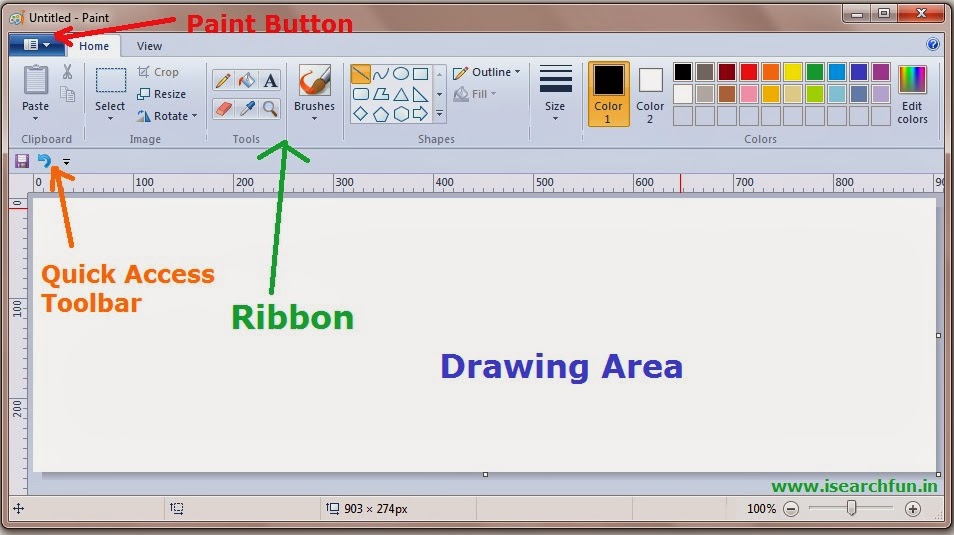

Once your new layer is created you’ll be able to see it in the layers palette.

Also not everyone knows this but every time you name a layer, a puppy gets a belly scratch. If you always name your layers you’ll save yourself and your clients a lot of headache over the course of your career. It’s really important to get in the habit of naming your layers. This will open a dialog box where you can name your layer and assign some basic parameters like blending mode and opacity. To create a new layer click on the New Layer button at the bottom of the palette or press Cmd/Ctrl+Shift+N. If you delete your background layer and want to get it back, you can create a new one by selecting any layer and going to Layer > New > Background from layer. We personally like to use this layer as the base for backgrounds in paintings as it reduces chances of artifacting around the edges of the canvas if the image is later resized.

This layer is slightly different from other layers as it does not support transparency and will always be the exact dimensions of your canvas. Layer basicsĮvery Adobe Photoshop file comes with a default background layer. Pretty much every digital painting software has a similarly styled layers palette, so if you’re using Procreate or Clip Studio Paint, don’t worry.

psd file and you can scroll through the list with the scroll bar or your scroll wheel. This window shows all the layers that exist in your. If you don’t see it, you can go up to the Window dropdown menu and click Layers to make it visible. In the bottom right hand corner of Adobe Photoshop, you’ll see your layers palette. Having different elements of your painting separated onto their own layer can be a requirement, so getting comfortable painting with layers is really important. Not only are layers useful for making your workflow faster and more efficient, but they also make your artwork more valuable to clients in many industries.


 0 kommentar(er)
0 kommentar(er)
